Present Perfect Tense | English Language & Comprehension for SSC CGL PDF Download
Introduction
The Present Perfect tense holds significance in English, yet it can pose challenges for speakers of certain languages due to its reliance on concepts that are absent in those languages. While the structure of the Present Perfect is straightforward, difficulties arise in its application. Furthermore, variations in usage between British and American English contribute to the complexity.
How to make the Present Perfect tense?
The structure of the Present Perfect is:
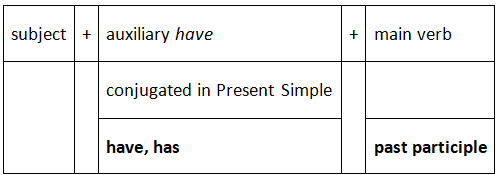
The auxiliary verb (have) is conjugated in the Present Simple: have, has
The main verb is invariable in past participle form: -ed (or irregular)
For negative sentences we insert not between the auxiliary verb and the main verb.
For question sentences, we exchange the subject and the auxiliary verb.
Look at these example sentences with the Present Perfect tense:
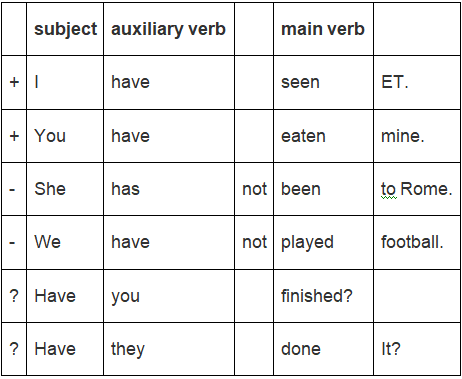
Contraction with Present Perfect
When we use the Present Perfect in speaking, we often contract the subject and auxiliary verb. We also sometimes do this in informal writing.
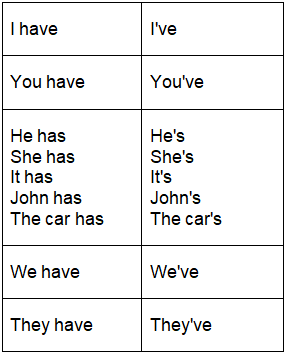
- You've told me that before.
- John's seen Harry Potter.
In negative sentences, we may contract the auxiliary verb and "not":
- You haven't won the contest.
- She hasn't heard from him.
How to use the Present Perfect tense?
This tense is called the Present Perfect tense. There is always a connection with the past and with the present.
We use the Present Perfect to talk about:
- experience
- change
- continuing situation
Present Perfect for experience
We often use the Present Perfect to talk about experience from the past. We are not interested in when you did something. We only want to know if you did it:
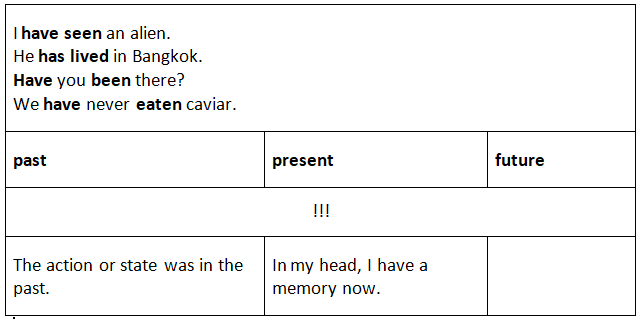
- Connection with past: the event was in the past
- Connection with present: in my head, now, I have a memory of the event; I know something about the event; I have experience of it
Present Perfect for change
We also use the Present Perfect to talk about a change, or new information:

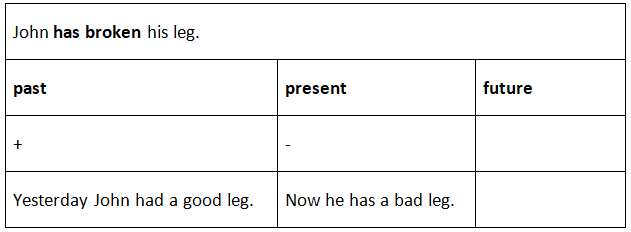

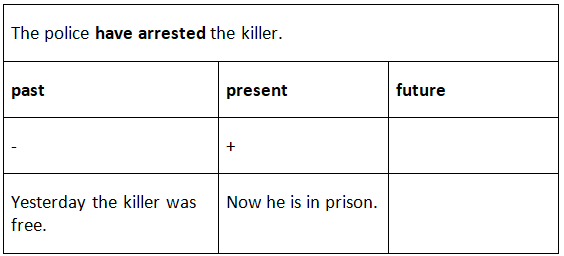
- Connection with past: the past is the opposite of the present
- Connection with present: the present is the opposite of the past
Present Perfect for continuing situation
The Present Perfect is frequently employed to describe an ongoing state, one that initiated in the past and persists into the present, likely extending into the future. This pertains to a condition rather than an action, typically accompanied by the use of "for" or "since" in this construction.
- I have worked here since June.
- He has been ill for 2 days.
- How long have you known Tara (for)?

- Connection with past: the situation started in the past.
- Connection with present: the situation continues in the present.
For and Since with Present Perfect tense
We often use for and since with perfect tenses:
- We use for to talk about a period of time: five minutes, two weeks, six years
- We use since to talk about a point in past time: 9 o'clock, 1st January, Monday
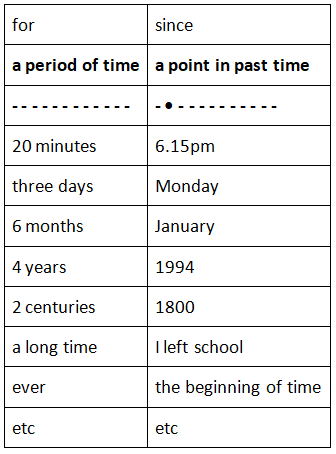
Look at these example sentences using for and since with the Present Perfect tense:
- I have been here for twenty minutes.
- I have been here since 9 o'clock.
- John hasn't called for six months.
- John hasn't called since February.
- He has worked in New York for a long time.
- He has worked in New York since he left school.
|
136 videos|246 docs|146 tests
|
















